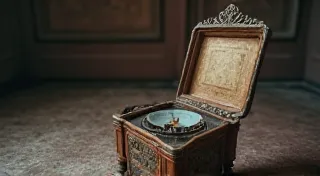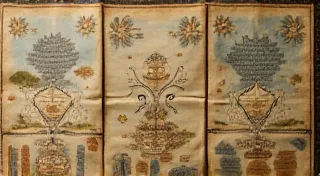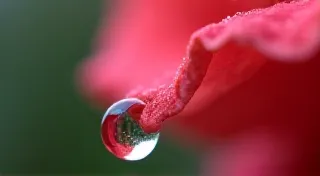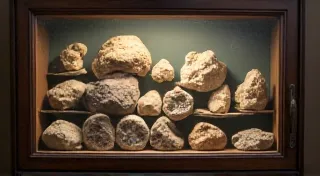The Curator’s Eye: Documenting and Cataloging Vintage Bookmark Collections
There’s a quiet elegance in collecting, isn’t there? A reverence for the past, a desire to connect with the hands that created something beautiful, and a drive to preserve that beauty for future generations. While grand artifacts and sprawling estates capture attention, the small, often overlooked, holds a particular charm – especially when it comes to vintage bookmarks. These tiny, often forgotten treasures offer a concentrated dose of history, artistry, and sentimentality. More than just placeholders in a book, vintage bookmarks are miniature windows into the past, and documenting them properly is an act of preservation, a labor of love, and a glimpse into a craft mostly lost.
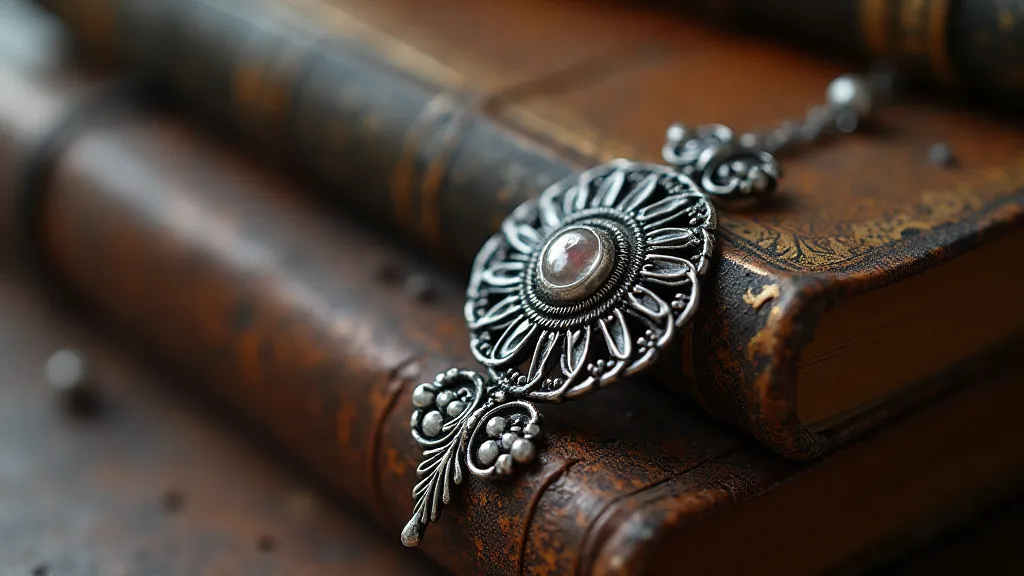
The Allure of the Miniature: Why Vintage Bookmarks?
I remember my grandmother's study. It wasn’s grand, just a small room overflowing with books, the scent of aged paper a constant embrace. Tucked within the pages of her beloved novels, I’m fairly certain the number of bookmarks outstripped the books themselves. These weren't the generic, plastic slips of today. They were testaments to a different era – embossed leather, intricately painted paper, delicate metalwork, and even faded ribbons tied with a flourish. That’s where my fascination began. It wasn't the books themselves that captivated me initially, but the little stories they held within them.
Vintage bookmarks, unlike many other collectibles, offer a remarkable accessibility. They don't demand a vast budget or specialized knowledge to begin appreciating. Yet, they possess a richness that belies their size. They reflect the design trends, printing techniques, and advertising styles of their time. A faded floral bookmark from the Victorian era speaks volumes about the era’s aesthetic preferences. A bold, geometric metal bookmark from the 1950s whispers of mid-century modernism. They are ephemeral objects, often discarded and forgotten, which only enhances their inherent charm and historical significance. It’s fascinating to consider the journeys these small tokens have taken, the hands that have held them, and the stories they're silently guarding – some of which can feel almost palpable. Sometimes, the simple act of holding a decades-old bookmark can evoke a sense of connection to a past we can only imagine.
Beyond the Aesthetic: Unraveling History Through Paper & Metal
Consider the evolution of bookmark materials. Early bookmarks were often simply strips of leather or fabric, often homemade and deeply personal. As printing technology advanced, paper bookmarks became more common, utilizing lithography and other techniques to create increasingly elaborate designs. The rise of metalworking brought forth beautiful examples in silver, bronze, and even gold. Each material tells a story – about the affordability of the time, the available technologies, and the artistic skill of the craftspeople.
Many vintage bookmarks served as advertisements. Businesses, eager to reach potential customers, printed their logos and slogans on small, easily distributed items. These ‘ad-marks,’ as I like to call them, are invaluable for understanding the commercial landscape of the past, providing insights into advertising practices, product offerings, and even local businesses that have long since vanished. Imagine holding a bookmark advertising a local bakery, a forgotten department store, or a traveling circus - tangible links to the community’s past. These little advertisements can feel like whispered secrets from a bygone era, offering glimpses into the everyday lives of people we’re unlikely to ever meet. Sometimes, researching the businesses advertised on these bookmarks becomes an adventure in itself, uncovering the histories of long-lost establishments and the people who built them. For those particularly interested in the methods used to recreate these antique designs, looking at articles like "Ephemeral Echoes: The Art of Recreating Vintage Bookmark Designs" offers a deeper look into the artistic process. To further explore the history and context of these fascinating artifacts, delving into resources dedicated to Ephemeral Echoes: When Bookmarks Whisper of Forgotten Lives can prove incredibly insightful.
Documenting Your Collection: A Curator’s Toolkit
Simply accumulating vintage bookmarks isn’t collecting; it’s hoarding. True collecting involves understanding, appreciating, and, crucially, documenting your treasures. This process transforms a pile of pretty objects into a curated collection, a resource for personal enjoyment and potential future research.
1. The Inventory: Detail is Everything
Your primary tool is a detailed inventory. A simple spreadsheet works well. Include the following information for each bookmark:
- Unique Identifier: A sequential number or code for easy reference.
- Material: Paper (type - linen, wove, etc.), metal (silver, bronze, etc.), leather, fabric, ribbon. Be as specific as possible.
- Dimensions: Height and width in millimeters or inches.
- Design Description: A thorough description of the image, text, and overall design. Note any unique features or embellishments.
- Condition: Rate the condition on a scale (e.g., 1-10, with 10 being pristine). Describe any damage (tears, fading, rust).
- Origin/Provenance: This is the tricky one! Any information about where the bookmark came from, who owned it, or its historical context. Even a guess is better than nothing.
- Date/Era: An estimated date or era based on design, materials, and any markings.
- Keywords: Words that describe the bookmark's style, subject matter, and potential historical context.
- Photograph: A high-quality photograph (see below).
2. The Visual Record: Photography is Paramount
Photography is absolutely critical. Your inventory is only as good as the visual representation of your bookmarks. Use a good quality camera or smartphone with a macro lens if possible. Ensure consistent lighting and a neutral background. Photograph both the front and back of each bookmark. Document any damage clearly and accurately.
3. Storage & Preservation: Protecting Your Investment
Proper storage is essential for preservation. Avoid direct sunlight and extreme humidity. Acid-free sleeves are a must for paper bookmarks. Metal bookmarks should be stored in tarnish-resistant bags. Avoid over-handling, as oils from your skin can damage delicate materials. Considering the fragility of these objects and the challenges of preserving them, resources such as The Paper Moth's Embrace: Preservation Techniques for Fragile Bookmark Treasures offer invaluable guidance for protecting these delicate pieces of history.
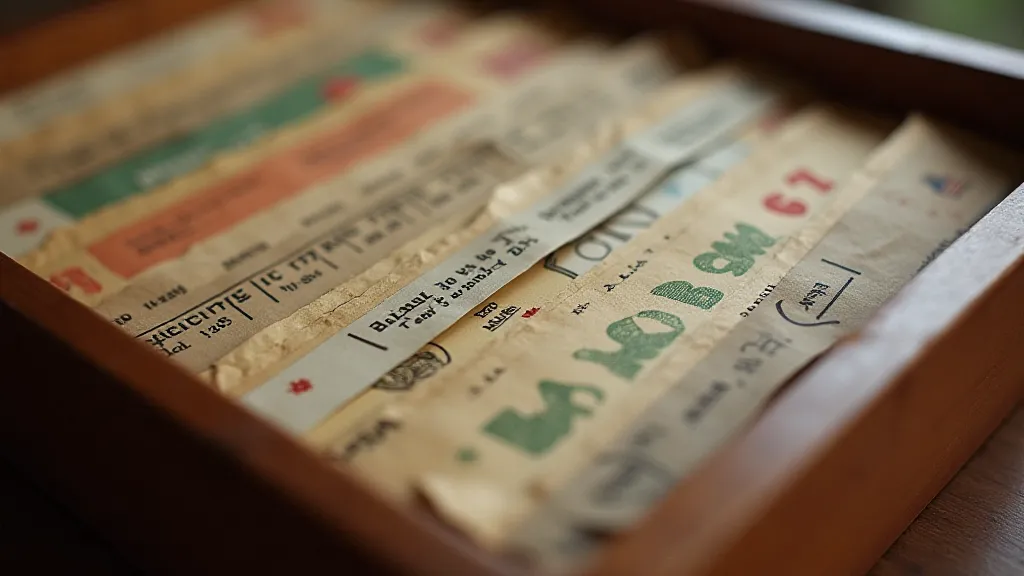
4. Research & Contextualization: Bringing Your Collection to Life
The real joy of collecting lies in the research. Use your keywords to search online archives, historical societies, and library catalogs. Try to uncover the history of the businesses or individuals featured on your ad-marks. Connect with other collectors online – sharing knowledge and expertise is a rewarding experience. For those interested in how these fragile relics were created, "The Paper Garden: Pressed Flowers and the Romanticism of Vintage Bookmarks" offers a glimpse into another facet of bookmark artistry. The more context you can add to your collection, the more meaningful it becomes. Sometimes, the stories embedded within these objects are fragmented, requiring diligent research and piecing together of clues. Often, understanding the cultural landscape of the time can illuminate the significance of seemingly minor details. Sometimes, a bookmark isn’t just a marker of a page, but a reflection of a literary journey, as explored in “A Tapestry of Time: Combining Bookmarks and Marginalia."
A Legacy of Small Treasures
Collecting vintage bookmarks is more than just accumulating objects; it's about preserving a tangible connection to the past. It’s about appreciating the craftsmanship, the artistry, and the sentimentality embedded within these often-overlooked treasures. By meticulously documenting and cataloging your collection, you’re not just preserving objects; you’re preserving memories, stories, and a small piece of history for generations to come. And who knows, perhaps your collection can even be utilized to chart literary expeditions, as detailed in "The Cartographer's Ink: Using Bookmarks to Chart Literary Journeys."
Beyond the functional purpose of marking a page, vintage bookmarks can be deeply interwoven with the personal notes and annotations found within a book, creating a rich tapestry of literary experience. The act of marginalia, a practice deeply connected to the intimate relationship between a reader and a text, amplifies the meaning and context of a bookmark. It is not merely about holding one’s place, but about engaging with a story in a profound and lasting way.
The meticulous preservation of these small artifacts isn't just about safeguarding physical objects. It's about upholding a tradition of engagement with literature and the personal connections we forge through storytelling. Each faded ribbon, each worn corner, holds a piece of that history, a whisper of the reader who once held it.
Ultimately, a collection of vintage bookmarks is more than just a collection of objects; it's a window into the past, a testament to the enduring power of storytelling, and a legacy to be cherished and shared with future generations.

